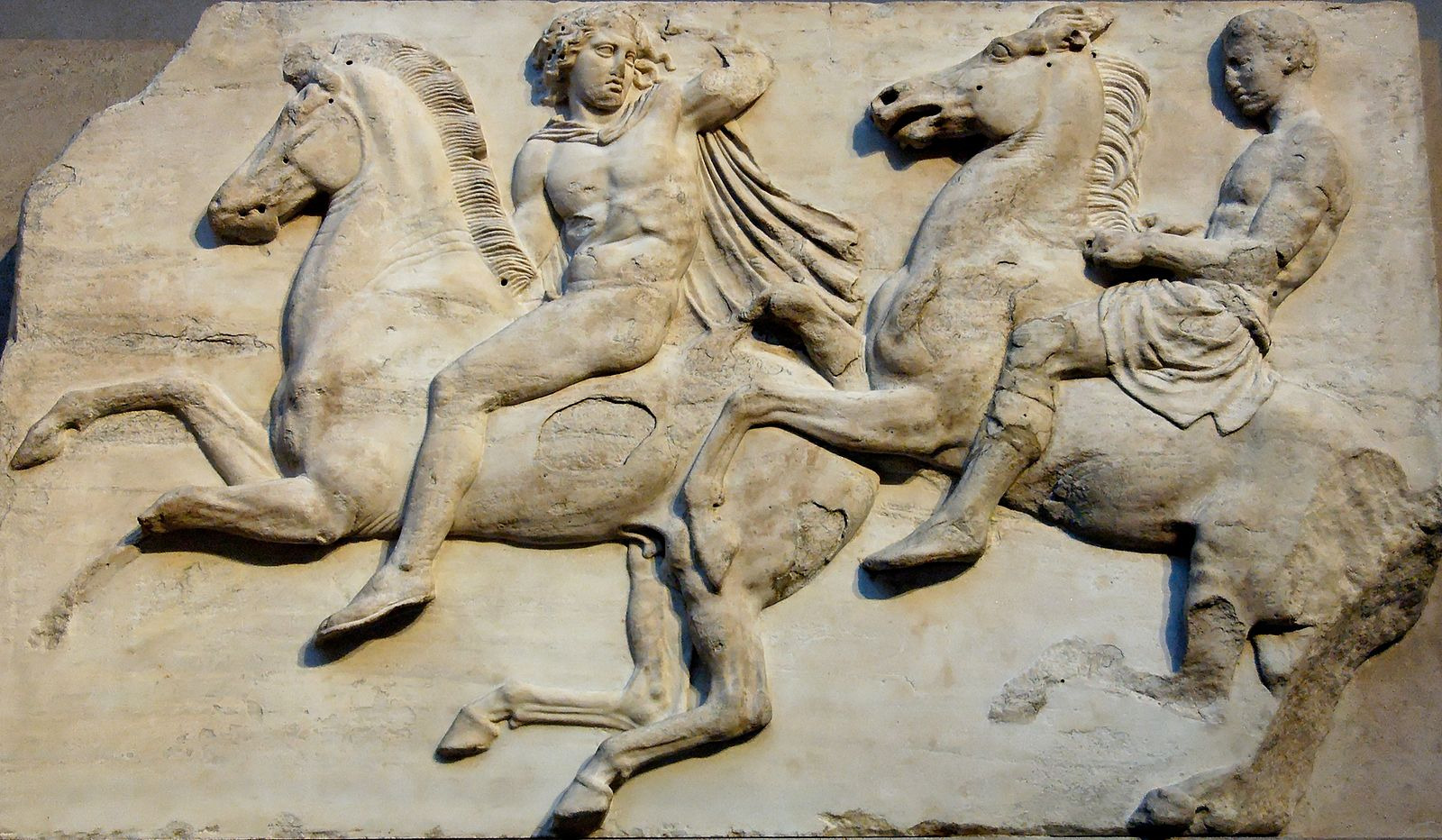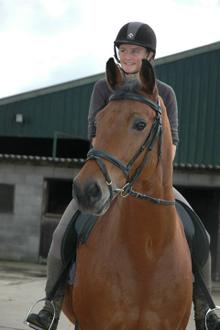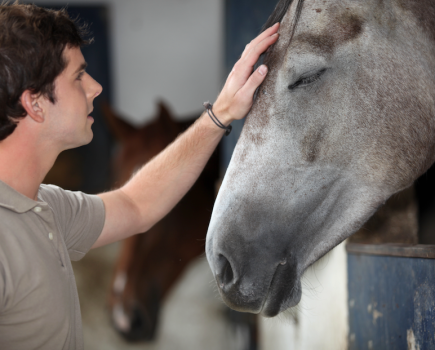Meet Your Horse’s newest blogger, Ilse, who’s here to explain all about the latest scientific research and how you can use it to help your own horse. In her first blog, she takes a look back at how are training methods with horses have (or haven’t!) changed over the years…
Humans and horses have a really long history. From cave paintings, to ancient warfare right up to our modern day sport, the human-horse relationship goes back a very long way.
We’ve depended on horses for transport, to help us grow our food and to carry us into battle. In return we gave them shelter, food and relative freedom from the dangers of living wild on the plains.
While we may no longer depend on horses in our every day working lives, more and more of us depend on them in our every day recreational lives.
The history of training horses
 Riding and training as we know it today have their roots in the ancient military. It’s quite clear that to have a successful cavalry you have to have complete control of your horse – something I’m sure we can all relate to!
Riding and training as we know it today have their roots in the ancient military. It’s quite clear that to have a successful cavalry you have to have complete control of your horse – something I’m sure we can all relate to!
People have been writing about equitation (the art of training horses) for thousands of years.
Xenophon, a Greek general wrote a book on the “Art of Horsemanship” in 350BC, though there are even earlier texts than this.
Some of the techniques he writes about will be familiar today, such as the Persian mount (other wise known as a leg-up!), while others, such as muzzling the horse at all times outside of the stable, seem very alien to us.
But don’t forget that the way we do some things now probably seem utterly baffling to riders and trainers even 100 years ago, or even 30 years ago for that matter.
How many people remember competing in pure Dressage on grass? On the whole it must be said that the modern field of equestrianism, at its core, has changed very little in thousands of years.
Using technology to ride
As a sport, we haven’t adopted modern technology as part of our training as readily as most other sports.
For example, golfers, cricketers and many other sportsmen use video analysis to help improve their technique.
 Equestrianism, on the other hand, still relies on direct coaching without the use of technology.
Equestrianism, on the other hand, still relies on direct coaching without the use of technology.
As a result, it’s very difficult to judge the success of a particular training method, or even to accurately describe it so that it can be directly copied.
Imagine if instead of an instructor trying to describe in words the feel you should get while riding a certain movement, they could show you in such a way that you could repeat their actions, and get a measure of how well you did it.
With the advent of technology like pressure sensitive polypads and chaps, this idea isn’t as far-fetched as you may think!
Such direct feedback is just one example of the many ways where modern technology has the potential to revolutionise the way we train both our horses and ourselves.
Finding humane ways of training
Nor do we really take other scientific research focusing on the mental and physical welfare of our horses into account during our training.
Probably as a consequence of equitation arising from the military, our training methods rely heavily on negative reinforcement, like pulling on a horse’s sensitive mouth to get him to stop.
 There’s a whole field of science dedicated to “learning theory” both in humans and in animals, but the findings are very rarely applied in the equine world.
There’s a whole field of science dedicated to “learning theory” both in humans and in animals, but the findings are very rarely applied in the equine world.
It’s just possible that, given new understanding of equine psychology, we can find better, more effective and humane ways of training.
In this blog, I’d like to share with you some of the fantastic research that’s going on here in the UK and around the world to push forward our understanding of equitation in order to improve our sport both for the rider and for the horse.
Hopefully you’ll agree that there are exciting changes afoot and brilliant new ways of approaching the training of our horses in all disciplines.
Riding is an art, but that doesn’t mean we can’t use science to help us achieve true artistry.
For those who are keen to learn more about equitation science right away, I highly recommend taking a look at the website of the International Society for Equitation Science (ISES)








